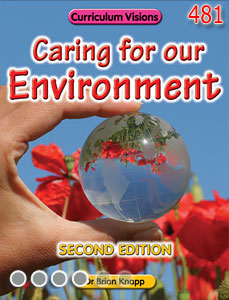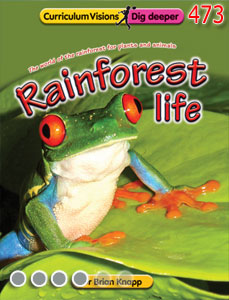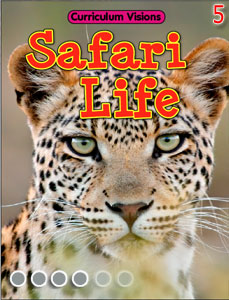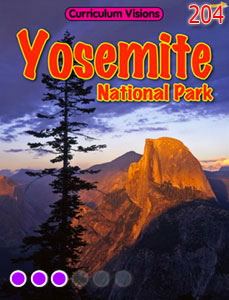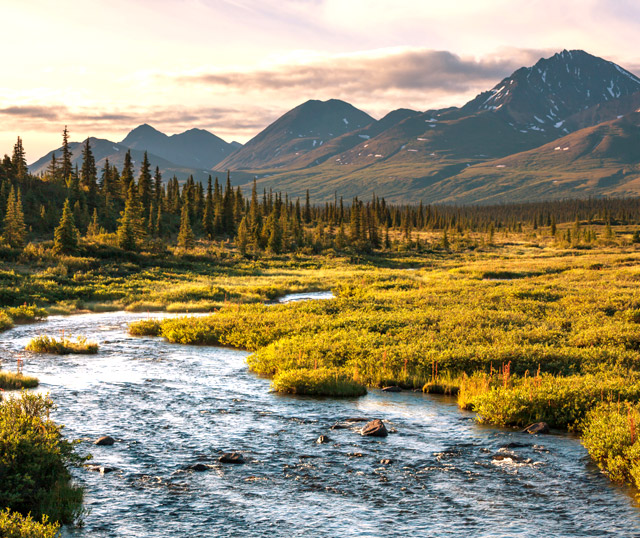Wilderness areas are those where there are no roads or other major disturbance by people, and which are protected from development.
The United States, with people like John Muir, pioneered wilderness areas at the end of the 19th century, because it was clear that the rapid pace of development would soon take them all away unless something was done to stop it. Fortunately, and unlike most other countries, the U.S. Federal government had many undeveloped lands under its control.
The first wilderness areas were the National Parks, but today, the National Wilderness Preservation System (NWPS) protects federally managed wilderness areas through other agencies as well as the the National Park Service: the U.S. Forest Service, the U.S. Fish and Wildlife Service, and the Bureau of Land Management.
The U.S. wilderness is (federal definition) “an area where the earth and community of life are untrammeled by man, where man himself is a visitor who does not remain...an area of undeveloped Federal land retaining its primeval character and influence, without permanent improvements or human habitation, which is protected and managed so as to preserve its natural conditions."
There are 758 wilderness areas which cover 109,511,038 acres (44,317,545 ha), making up about 4.5% of the area of the United States, a remarkably high proportion when compared to many countries.
Countries around the world have been pressured to increase their protected wilderness areas, especially in places like Brazil and others with important tropical rainforests, and Kenya and others with important savanna lands. Large areas of fragile polar regions are also in need of preservation and legal protection.
Wilderness areas are more difficult to establish in the long-settled areas like the UK, and the closest these come are areas in Scotland, among the highlands, although all of this land is privately owned, the landowners are being very responsible about its protection and management. The difference between U.S. and Scottish wildernesses is that the wildernesses in the U.S. are entirely left alone, whereas the near-wilderness regions of Scotland are actively managed by shooting excess deer, and other control measures.
